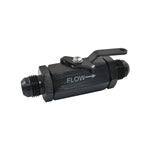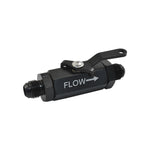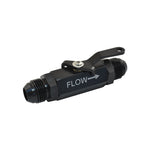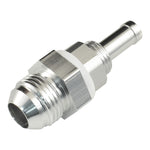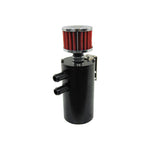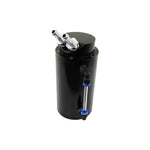You have no items in your shopping cart.
The intake manifold is more than just a component; it's a crucial player in the performance mix of any internal combustion engine. At Performance Warehouse, we understand the importance of air and fuel distribution, and how a well-designed intake manifold leverages pressure pulses to enhance the air volume into each cylinder, increasing performance.
In the realm of performance intake manifolds, there are many options, influenced by design, style, applications, and performance characteristics. Among the most common questions we hear are: "What sets one intake design apart from another?" What's the difference between a single plane and dual plane intake manifold?" and "How do I select the right manifold for my engine?" Drawing from over 60 years of expertise in providing performance parts for engines by Chevrolet, Chrysler, Ford, and Holden, we're here to demystify these choices.
Understanding the Basics: Single Plane vs Dual Plane Designs
Should I get a single or dual plane intake manifold? Traditionally, single plane designs are associated with racing, while dual plane manifolds are thought of as more street-performance oriented. However, this general guideline should be considered in light of your engine components and vehicle application.

Single Plane Intake Manifold
A single plane manifold features a single plenum fed air by the carburetor or throttle body. This design allows all eight runners equal access to all four barrels of the carburetor. The runners are relatively straight and similar in length, promoting maximum airflow and efficient distribution. This configuration is optimal for high airflow demands, especially in engines that deliver peak power over 6,500 RPM, typical in racing scenarios.

Dual Plane Intake Manifold
In contrast, dual plane manifolds incorporate two distinct plenums, each feeding alternate runners in the firing order. Here, each runner is exposed to only two barrels of the carburetor, enhancing velocity and responsiveness. The 180-degree separation and longer runners of dual plane manifolds make them ideal for generating torque in the 3,000 to 4,500 RPM range. They offer excellent drivability on the street, with a notable boost in torque across a wide RPM spectrum and solid top-end horsepower up to 6,500 RPM.
Making the Right Choice: Application and Performance Considerations
Selecting the appropriate manifold is not just about racing vs street performance; it's a nuanced decision based on multiple factors:
- Engine Specifications: Considerations include displacement, cylinder head design, flow capability, camshaft duration, and compression ratio.
- Vehicle Dynamics: Take into account vehicle weight and gear ratio.
- Transmission and Torque Converter: These elements can influence the ideal manifold choice.
For instance, single plane manifolds cater to engines that require high airflow for peak power at high RPMs, making them a go-to for racing applications. On the other hand, dual plane manifolds are versatile, supporting both high-performance street applications and competition use. Dual plane designs are available as direct bolt-on replacements and support additional performance upgrades like carburetors, camshafts, headers, and cylinder heads, and both come in natural aluminium or black finishes.
Technical Insights: Runner Design and Cross-Section
When considering runner design in single plane manifolds, length is a key factor. The runner lengths tune the engine to a specific RPM range - shorter for higher RPMs and longer for lower RPMs, influenced by the speed of sound waves traveling back and forth inside the engine manifold. Single plane manifolds typically feature a taper with a specific expansion ratio to achieve a broader operating range.
Conclusion: Informed Selection for Optimised Performance
Choosing the right intake manifold is a critical decision. It's not just about picking between racing or street performance; it's about understanding your engine's needs and how you intend to drive your vehicle. Our product pages simplify this choice, providing a suitable RPM range for each manifold, highlighting its efficiency zone.
At Performance Warehouse, we're committed to helping you make an informed decision that optimises your engine's performance and your satisfaction. Single plane and dual plane manifolds are crafted for specific applications, and with our guidance, selecting the right one becomes a seamless part of your build combination.
View our range of performance intake manifolds for your V8.


